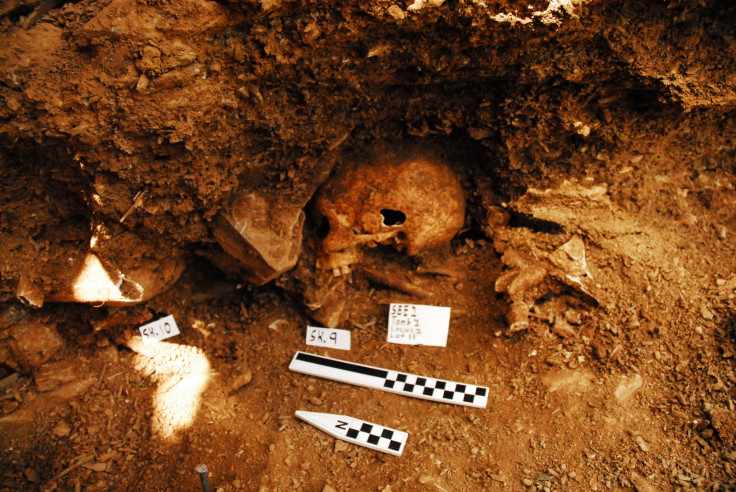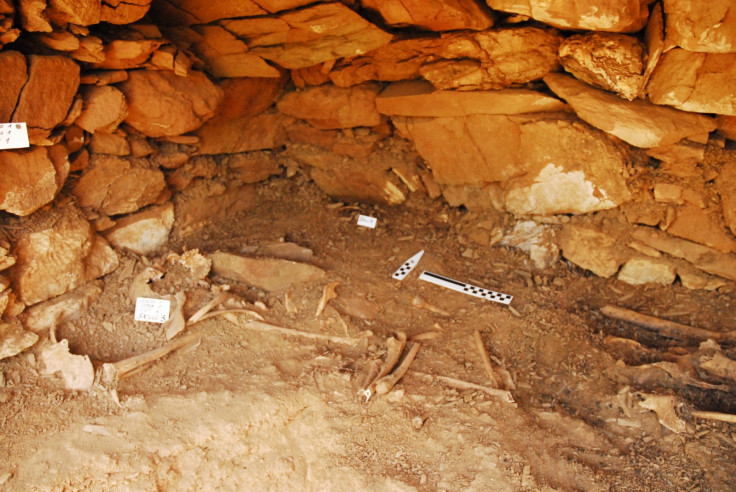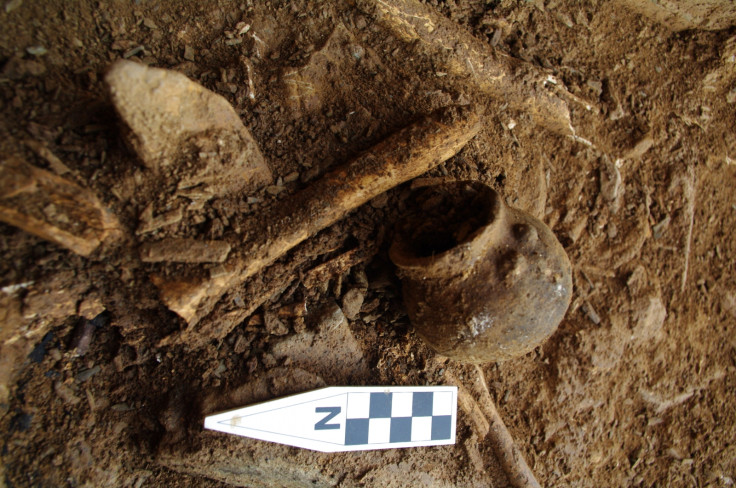Mysterious skeletons in Iraq tomb tell the history of powerful Achaemenid Empire
The tomb was also reused at a later stage, in the early Islamic Period.
Archaeologists working in northern Iraq have found a 2,400-year-old tomb containing the skeletal remains of at least six individuals. While their identity remains a mystery, the burials reveal a lot about the history of the region during the Achaemenid Empire (550 to 330 BCE).
The team that made the discovery was led by Michael Danti, a professor at Boston University. The researchers had been working in the region as it was undergoing profound economic development. Road construction works revealed a number of archaeological sites and artefacts of interest that needed to be excavated before the construction projects could be completed.
This was the case of this tomb, which had been opened as workers had been widening a road. Rigorous documentation of the artefacts and skeletons was necessary before they could be sent to museums.
"Road construction had exposed the tomb to the elements and to human activity, and there was concerns that this would cause damage to the artefacts. Looting is also common in the region, and we had to prevent the content of the tomb being stolen. This was a rescue excavation. We had to scientifically investigate the tomb in a quick and efficient manner because we were nearing the end of our excavation season and to allow construction works to resume," Danti told IBTimes UK.
It is still unclear how many individuals were buried in the tomb, as some of the remains had been mixed up together.
However, the archaeologists have already established that the tomb was used at two separate points in time – towards the end of the Achaemenid Empire, some 2,400 years ago, and during the Early Islamic period, sometime between the 8th and 17th century CE.
Local villagers
The Achaemenid Empire, also known as Persian Empire, was the largest ever seen in the ancient world. It extended from Anatolia and Egypt across western Asia to northern India and Central Asia, encompassing a large and diverse number of population groups, with different languages, cultures, and religious identities.
"The people buried in this tomb were clearly part of the Empire, but how they identified ethnically, linguistically and religiously is still unclear. We know from the artefacts that they were not poor, but we have found no evidence that they were wealthy either. Our hypothesis was that these burials were associated with a nearby local village and that these are the skeletons of local villagers," Danti explained.

In the tomb they also found a number of artefacts with local characteristics but are also consistent with Persian Empire, including a bracelet decorated with two snake heads and pottery vessels. Animal bones were also recovered, suggesting potential food offerings for the deceased's journey in the afterlife.
Some very simple potteries were also unearthed, and their rudimentary shape suggests they might have been created specifically to be put in the tomb – although more research into these potteries will now be needed.
The tomb appears to have been opened each time another person died, and the partially mummified bodies that were already inside were pushed aside to make space. This may explain why the remains that were discovered were so jumbled together, although it is likely that subsequent looting of the tomb likely did not help either.

Religious tolerance
This type of burial practices differ from the ones identified in other burials across the region, which indicates that there might have been a range of belief systems co-existing peacefully side by side at the time.
"The find reinforces the idea that there was a diversity of beliefs and religious communities in the region. This reflects what we know of this Empire, that it included a great number of populations with different religious identities and that it was tolerant with these different religions," Danti explained.

The team also found that sometime between 400 and 1,300 years ago, in early Islamic times, the tomb was reused, and at least five more people were buried in a row, under the ceiling of the tomb. The bodies were separated from the earlier burials by a layer of soil. It is unlikely that this was an Islamic burial, because in that case, people would have probably been buried individually.
Future research will now focus on analysing the skeletal remains from both periods in greater detail to learn more about the inhabitants' diet and health.
© Copyright IBTimes 2025. All rights reserved.





















